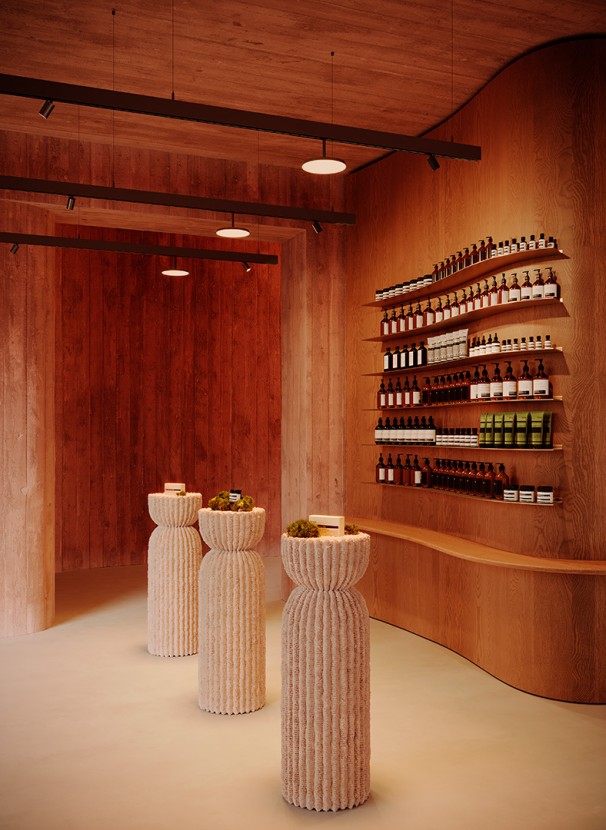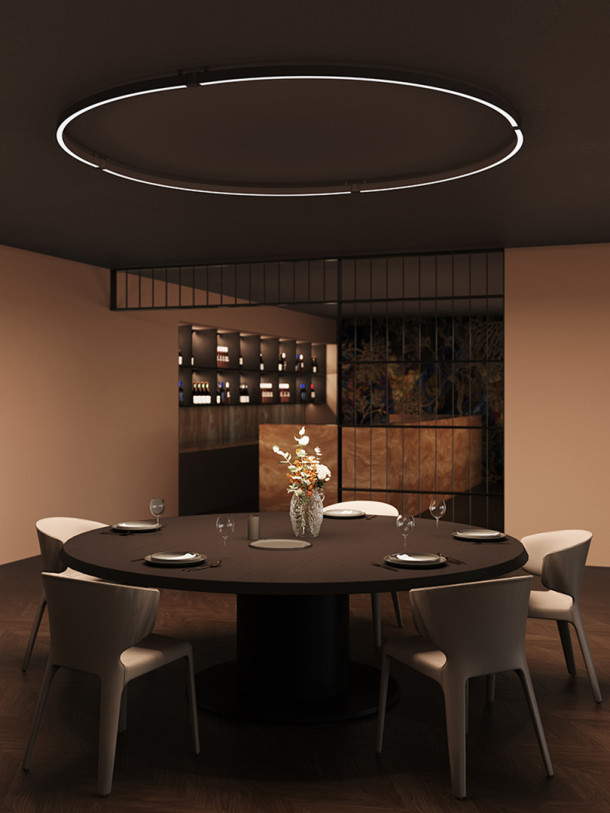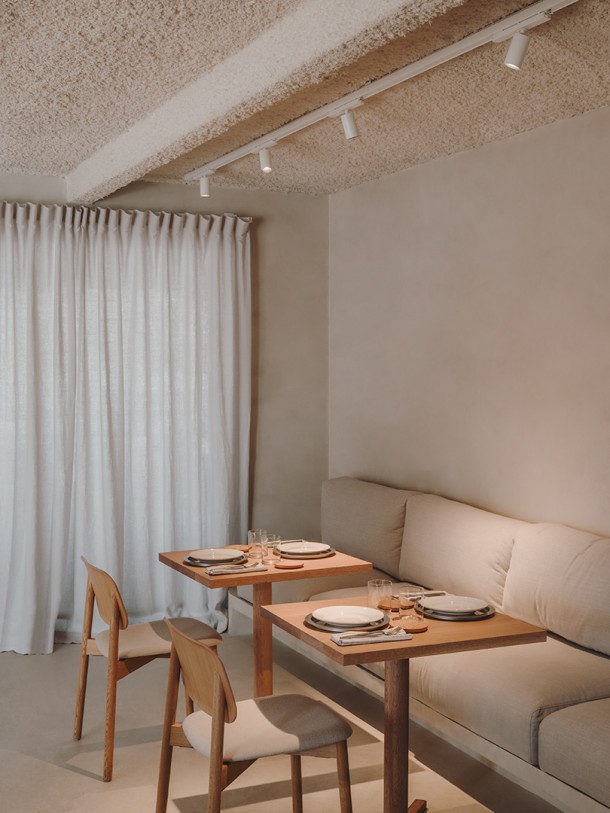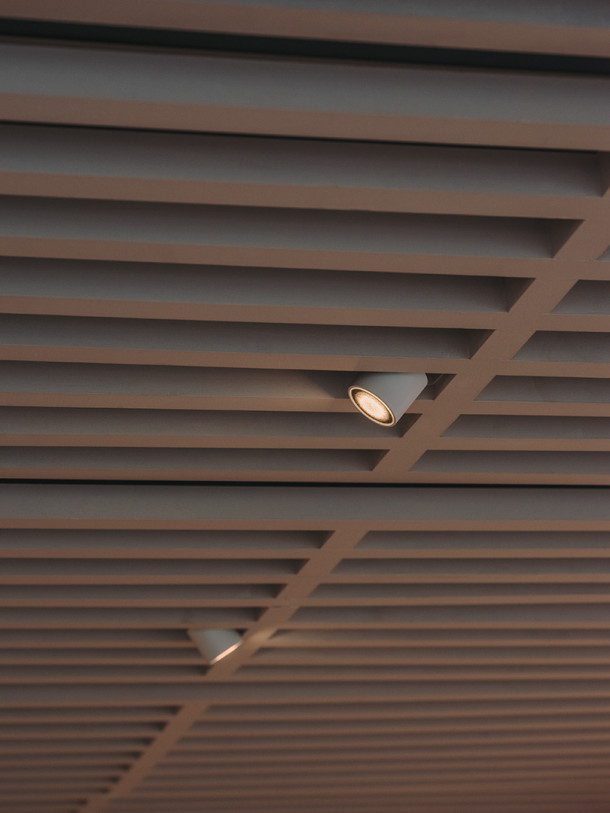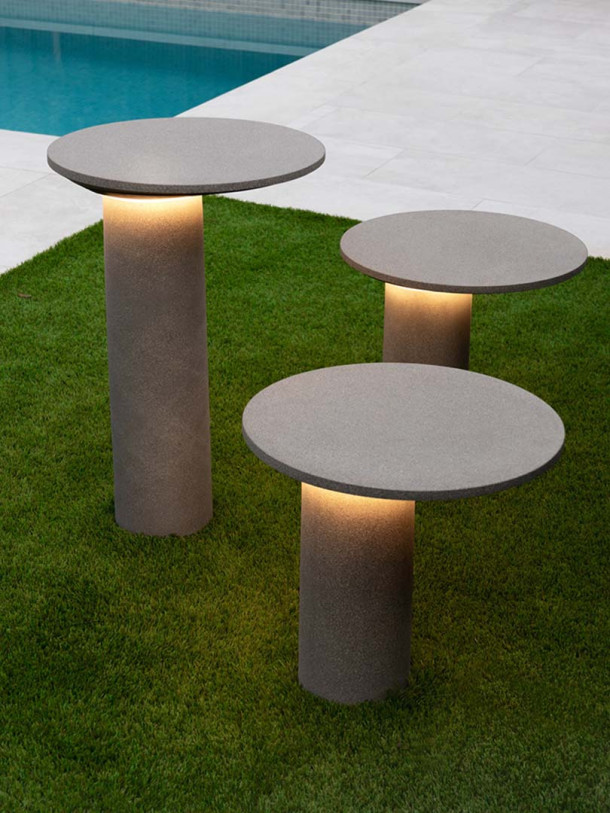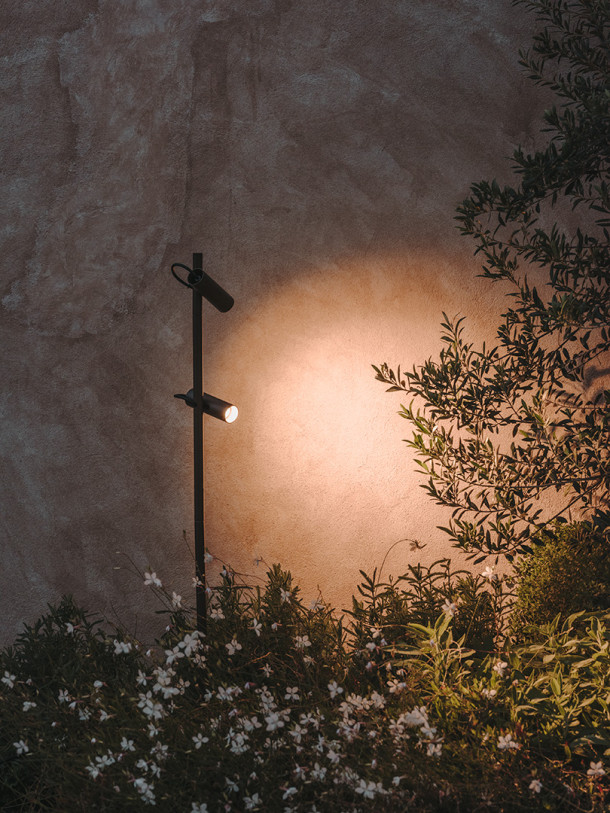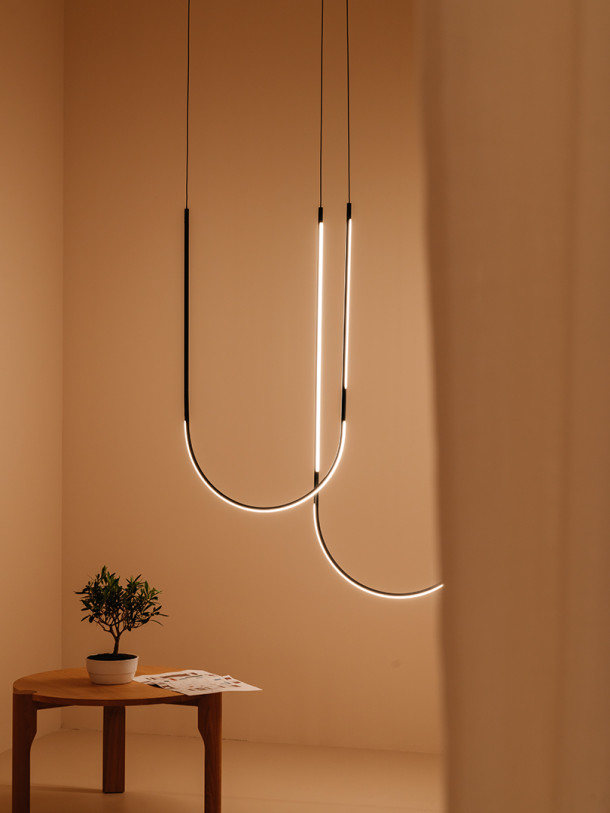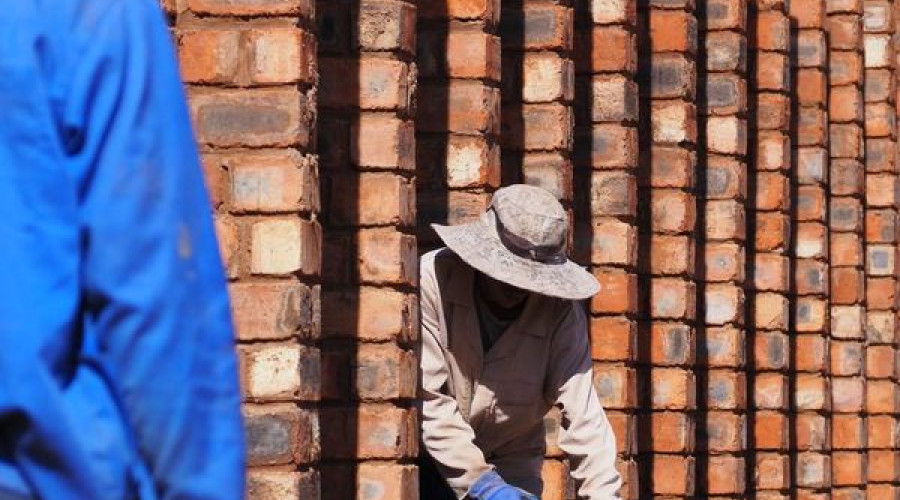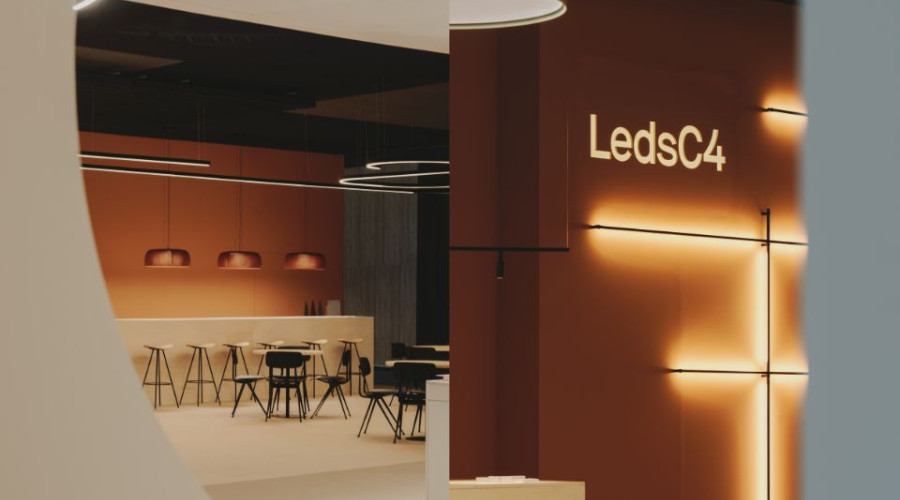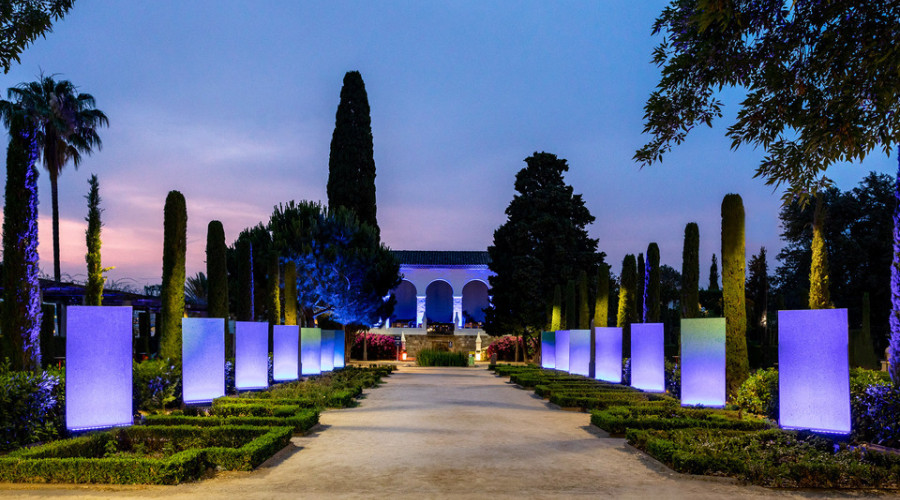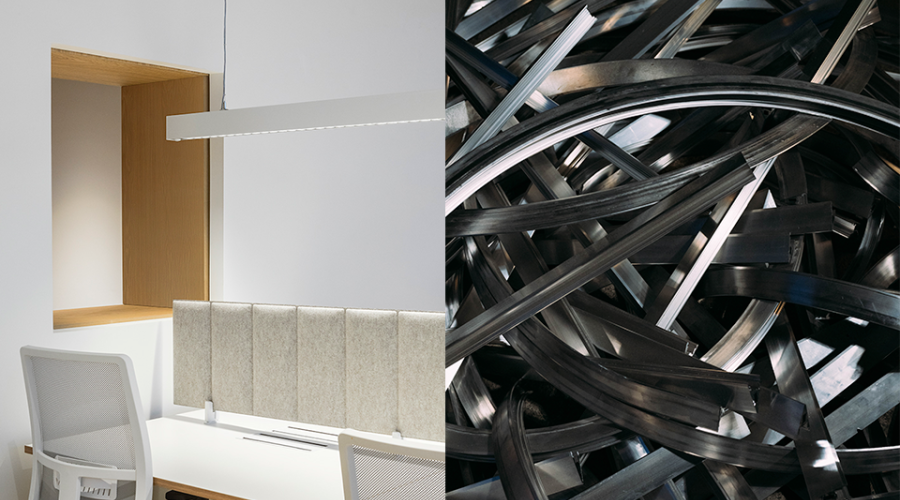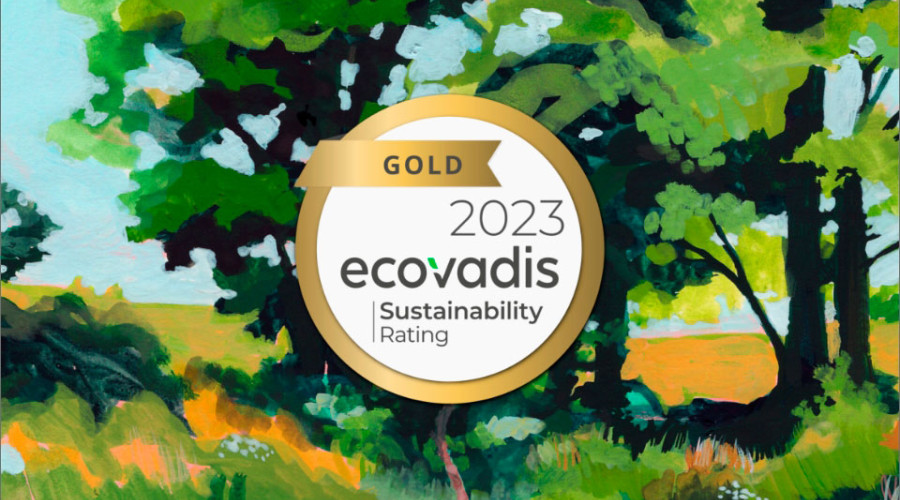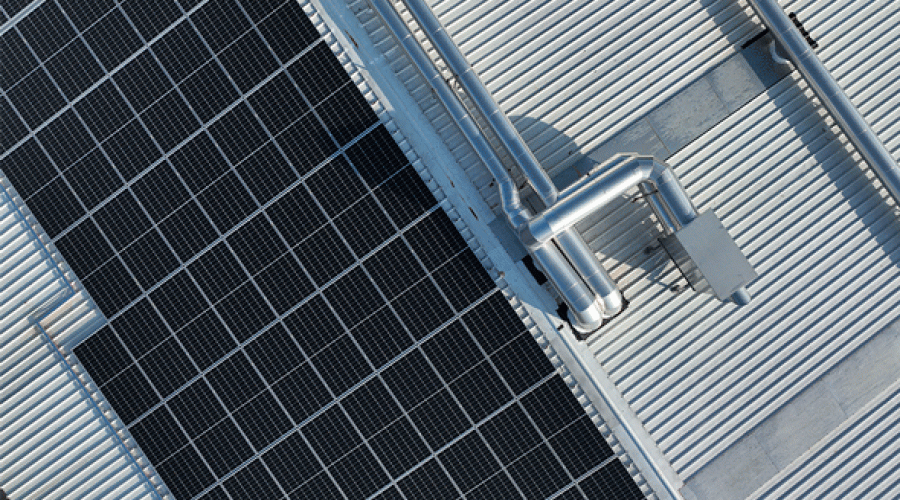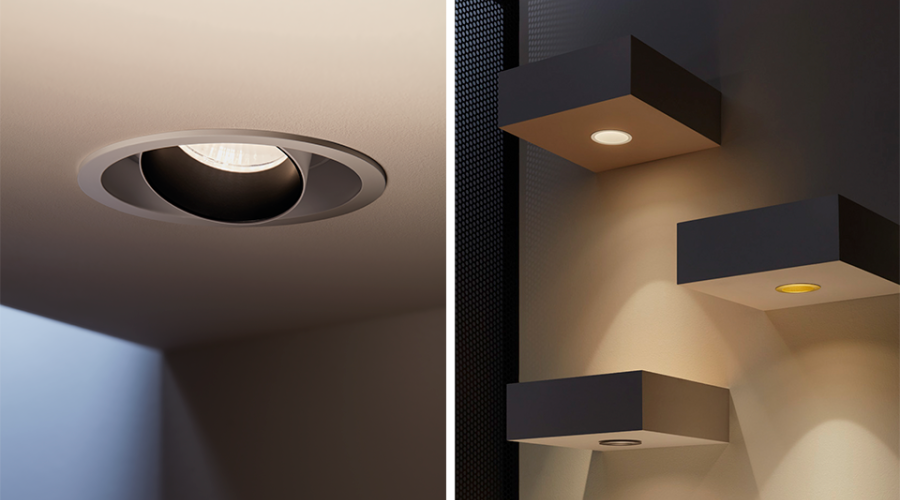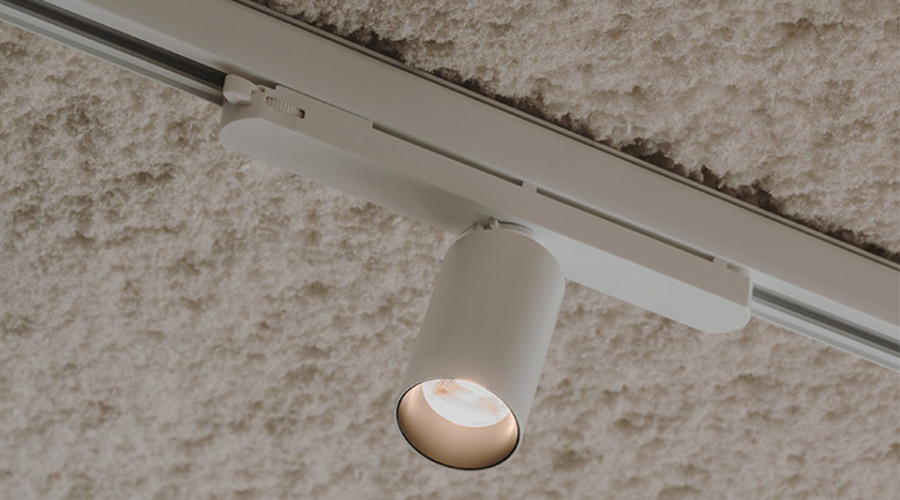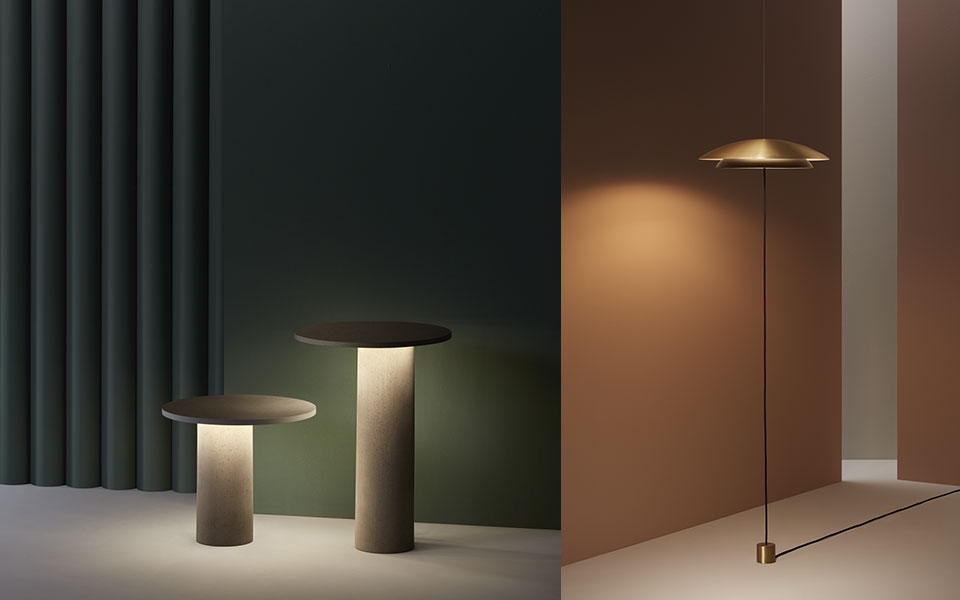
What does design mean for Francesc Vilaró?
For me, design is about questioning everything, synthesising, and making decisions.
You have participated in the new Noway collection, of the LedsC4 Decorative line. Tell us a bit about the piece.
It is based on the search for lightness, on the weightlessness of minimal volumes needed to provide comfortable light. Noway has a slightly magical appearance, as it seems to float in the air, which makes it look interesting both when turned on and off. The minimal use of material and a good selection of materials make it a very versatile, elegant piece.
What makes Noway special and different compared to other products currently on the market?
Noway reformulates an existing style, as technically it’s a suspension lamp but it takes up the same space as a standing lamp.
In what kind of spaces is this piece an essential?
I think it’s a very versatile light fixture due to its visual and structural lightness. It has a very discreet presence, adapting to many settings.
What inspired you to design Noway?
I don’t think I was inspired by anything in particular; it was during the process of searching for solutions and wanting to reformulate everything when it occurred to us to eliminate the structure that supports the light source. On that basis, it was much easier to create the piece as we had a very clear concept.
You have worked with LedsC4 in the past, in which pieces have you collaborated? And which light fixture are you particularly fond of?
I’ve been working with LedsC4 for quite a long time and we’ve designed a good number of pieces together; there is something special in all of them but perhaps I’ve a weakness for the Elamp, as it gives a new twist to a very overworked style.
You have a wide variety of lighting designs in your portfolio. What attracts you most to lighting and why have you focused on this niche market?
Light has an ancient component, in addition to the ability to create unique atmospheres and moments. It’s an element almost with an essence of its own that brings life to everything around it. In terms of design, it always offers new challenges, as technology is constantly evolving and offering new possibilities, it’s a fascinating object!
What are Francesc Vilaró's references?
There are so many different fields, it would be difficult for me to list them all: Olafur Eliasson, Dieter Rams, Richard Serra, Oteiza, Castiglioni, Papanek .... it’s endless.
What is essential to your studio?
Music, I can't work without music.
Where do you look for inspiration?
In all the things around me, I try to look at them critically and learn from them.
What are the keys to a good design?
Being honest in all aspects and contributing something.
A material, a colour, a shape?
All materials are good if they are correctly applied; plastic, for example, has a very bad reputation, but it offers great benefits when used. The same happens with colours, when used properly, they bring value. Regarding forms, I do prefer clear forms.
Straight line or curved?
Both, it’s impossible for me to choose.
A design that always excites you.
I am excited by designs that have been made in times or places of scarcity.
You have participated with the new Moal collection of the LedsC4 Outdoor line. Tell us a bit about the piece.
Moal is an outdoor collection of pieces that are lighting fixtures but can also be used as tables or chairs. It’s a piece that, with its pure forms and thanks to its different heights, enables us to make compositions structuring the uses of exterior space.
What makes Moal special and different compared to other products currently on the market?
Its dual functionality: is it a luminaire, a table, or a chair? It subtly suggests a multifunctional element.
In what kind of spaces is this piece an essential?
Outdoor spaces you want to use a living spaces; Moal enables us to illuminate and encourage interaction between people, it invites us to use the space, not simply to contemplate it.
What inspired you to design Moal?
We found a source of inspiration in megalithic monuments, the use of the material with a natural finish, striking forms and structural simplicity. They have a strength I wanted to convey in Moal.
